Yap is an island in the Federated States of Micronesia, known for its stone money and deep cultural heritage. It lies in the western Pacific Ocean and consists of four main islands. The island’s traditional navigation techniques and historic significance make it an interesting destination. Yap’s marine biodiversity, along with its well-preserved customs, attracts visitors. The island maintains its authenticity through cultural dances and thatched-roof structures. Travellers explore Yap for its diving sites, World War II relics, and indigenous crafts. Understanding its historical and natural appeal enhances the experience of visiting Yap.
Location
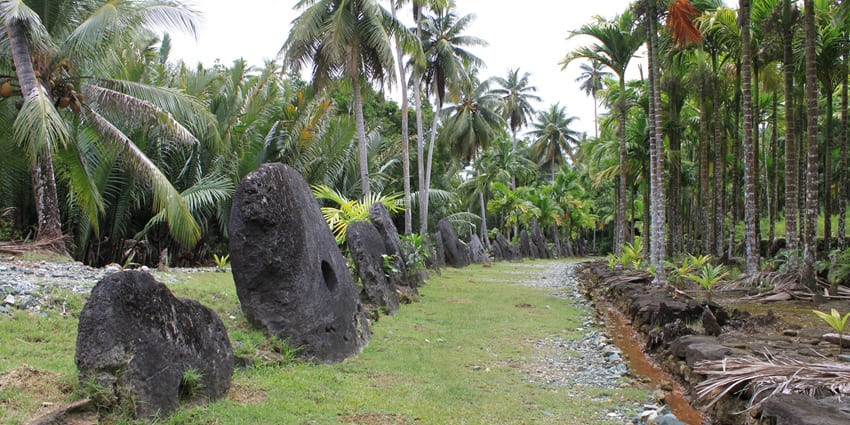
Photo: stevenson_john / Wikimedia Commons
Yap, situated in the western Pacific Ocean, lies about 850 kilometers southwest of Guam. It comprises four primary islands enclosed by a barrier reef, forming a unique marine environment. As part of the Federated States of Micronesia, Yap preserves a strong cultural heritage, reflected in its traditional navigation methods passed down through generations. The region’s warm climate supports diverse marine species, making it a destination for those interested in underwater exploration.
How To Reach
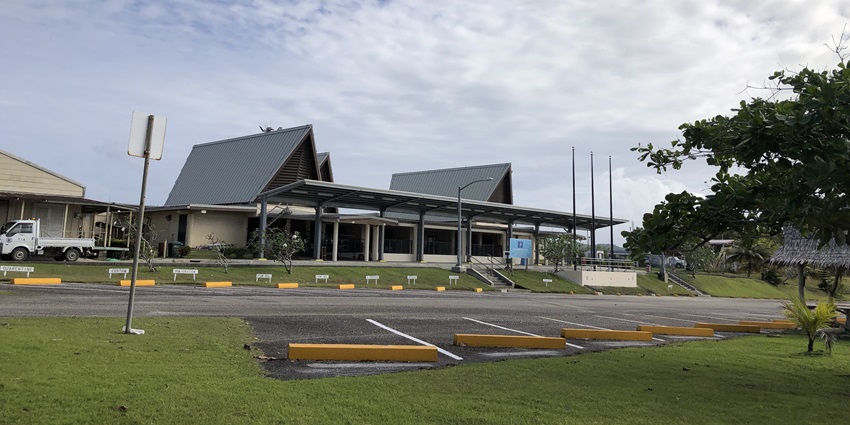
Photo: W1K1L1By4N / Wikimedia Commons
There are several ways to travel to Yap, and here’s how you can plan your journey:
By Bus: Public transportation is limited, and most movement within Yap occurs through private vehicles or taxis.
By Train: Yap does not have a railway system due to its island geography.
By Taxi: Taxis are available for local transport, though rental cars are also an option for convenience.
By Air: Yap International Airport (YAP) connects the island with major regional hubs like Guam and Palau. United Airlines operates flights to Yap, making air travel the primary mode of arrival.
Things To Do In Yap
Discover the best things to do in Yap:
1. Scuba Diving With Mantas
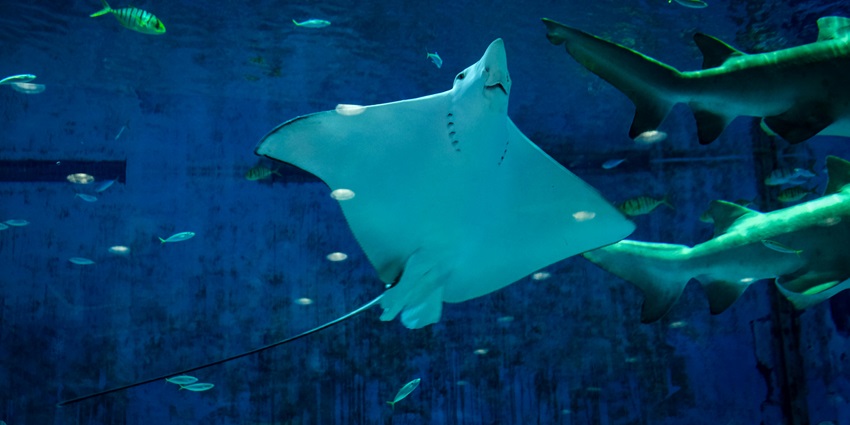
Photo: Magda Ehlers / Pexels / Image For Representation Only
Yap attracts divers from around the world due to its thriving manta ray population. The island’s waters are home to cleaning stations where these graceful creatures gather, providing divers with an unforgettable experience. M’il Channel and Goofnuw Channel are among the best dive sites, offering excellent visibility and diverse marine life, including reef sharks and vibrant coral formations. Local dive centers provide training and guided tours, making it accessible to both beginners and advanced divers.
Major Attractions: Manta Ray Bay, M’il Channel
Best Time To Visit: December to April
Ideal Trip Duration: 3 – 4 days
2. Explore Yap’s Rich World War II History
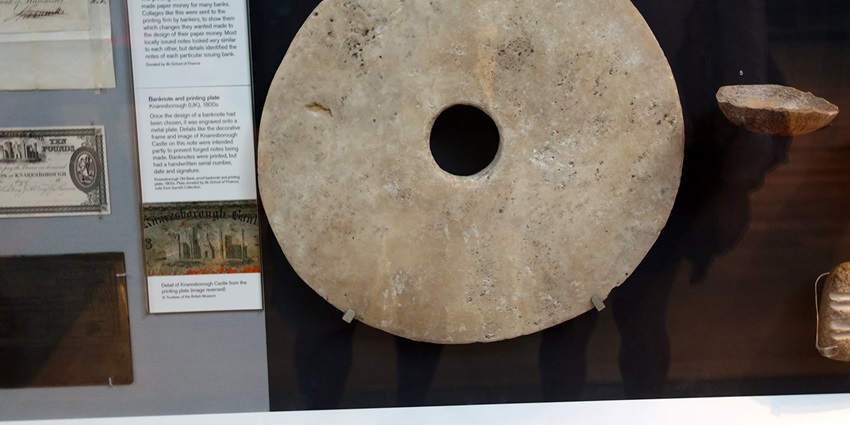
Photo: Ken Eckert / Wikimedia Commons
Yap holds a deep connection to World War II, with remnants scattered across the island. Visitors can explore downed fighter planes, military bunkers, and war memorials, each telling a unique story of the past. The Japanese Zeros, a collection of aircraft wreckage, offer a closer look at wartime aviation. Museums and memorials offer further context, making this a fascinating experience for history enthusiasts interested in wartime narratives and their lasting impact on the region.
Major Attractions: Japanese Zeros, War Memorials
Best Time To Visit: November to March
Ideal Trip Duration: 2 – 3 days
3. Rumung Island Tour
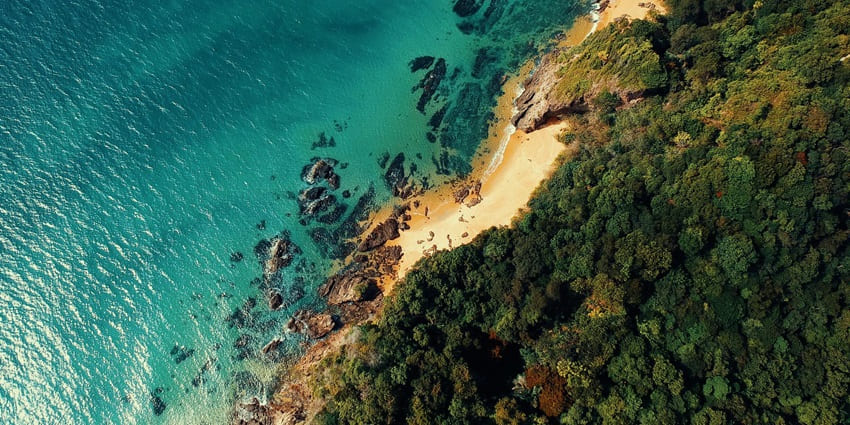
Photo: Pok Rie / Pexels / Image For Representation Only
Rumung Island remains a stronghold of Yap’s cultural heritage, preserving traditions rarely seen elsewhere. This secluded island limits outside influence, maintaining its customs and traditional way of life. You can witness authentic local craftsmanship, observe traditional clothing, and learn about storytelling traditions passed down through generations. The island’s strict cultural preservation makes it a unique place to explore for those interested in experiencing Yap’s past in an unaltered form.
Major Attractions: Traditional Villages, Local Handicrafts
Best Time To Visit: Year-round
Ideal Trip Duration: 1 day
Places To Visit In And Around Yap
Here are the places to visit in Yap that offer a glimpse into its history, culture, and natural beauty.
1. Tamilyog Trail
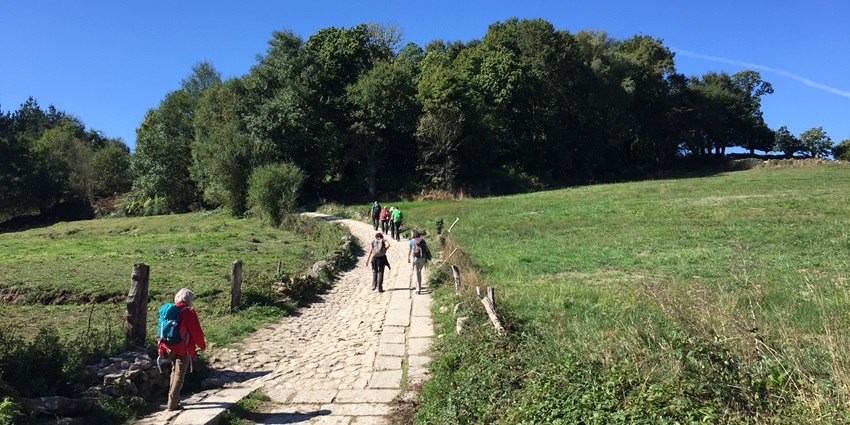
Photo: CC0 Kamusal Alan / PxHere / Image For Representation Only
Tamilyog Trail is an ancient route once vital for trade and communication between Yap’s villages. This trail winds through dense forests, rolling hills, and traditional farmlands, offering an opportunity to witness the island’s natural environment and cultural heritage. Along the way, hikers encounter stone pathways, traditional meeting houses, and native flora. The trail provides insight into Yapese traditions, as villagers continue to use it for local gatherings. Walking through this historic path allows visitors to experience Yap’s deep-rooted customs and natural surroundings.
Major Attraction: Scenic Trails, Traditional Pathways
Timings: 24*7
2. Yap Art Studio Gallery

Photo: Yanajin33 / Wikimedia Commons
Yap Art Studio Gallery serves as a creative space where traditional and modern artistry converge. It exhibits handcrafted pieces, including intricately woven baskets, vibrant textiles, and detailed wood carvings. The gallery offers visitors an opportunity to observe skilled artisans at work, learning about centuries-old techniques passed down through generations. Visitors can engage with local artists, gain insights into their inspiration, and take home authentic crafts. The space reflects Yap’s dedication to preserving its cultural identity while embracing evolving artistic expressions.
Major Attraction: Indigenous Artwork, Cultural Exhibits
Timings: 10 AM – 5 PM
Entry Fee: ₹ 500 or 20 Rai
3. Sunset Park
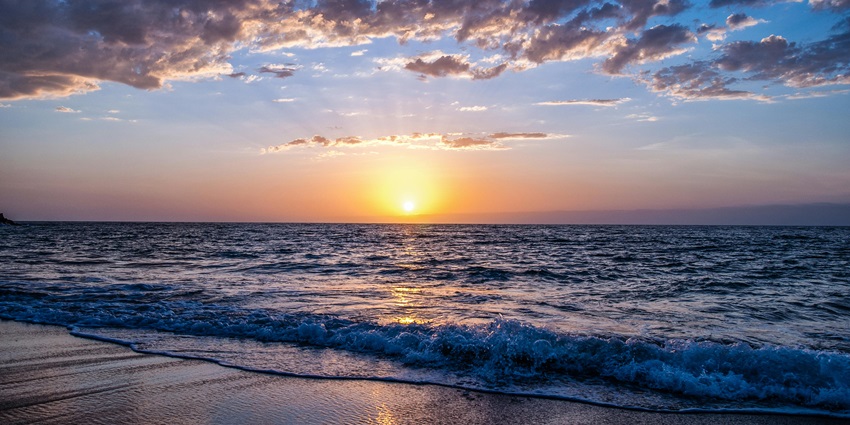
Photo: Bella White / Pexels / Image For Representation Only
Sunset Park is an inviting coastal spot where visitors can unwind while appreciating the island’s shoreline. The park offers well-placed seating areas and walking paths that provide unobstructed ocean views. It is a favored location for photographers and nature enthusiasts, particularly during dusk when the sky transforms with brilliant hues. Locals often gather here for quiet reflection or casual meet-ups. The park’s natural charm, combined with the rhythmic waves, creates an environment where visitors can appreciate the simple beauty of Yap’s coastal surroundings.
Major Attractions: Ocean Views, Coastal Trails
Timings: 24*7
4. Japanese Zeros
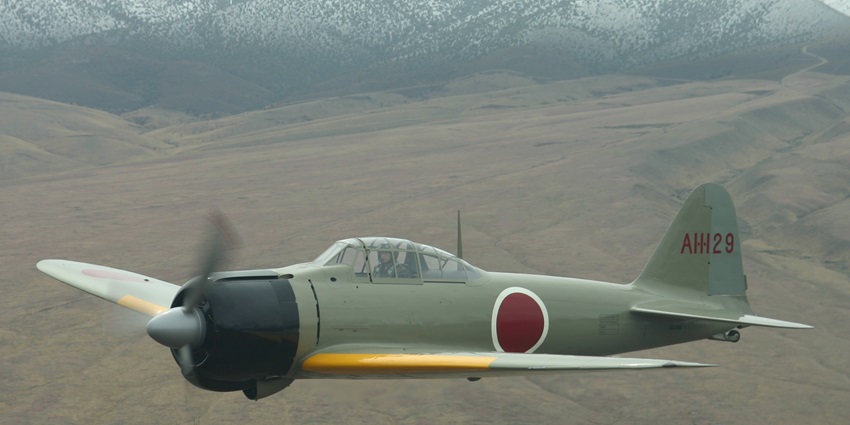
Photo: Marc Grossman / Wikimedia Commons / Image For Representation Only
The remnants of Japanese Zero fighter planes from World War II serve as historical artifacts scattered across Yap. These aircraft wreckages remain as silent reminders of the war, drawing history enthusiasts and aviation researchers. Some wrecks are preserved in accessible locations, allowing visitors to observe the details of these once-formidable machines. Over time, nature has intertwined with these relics, making them a blend of history and environment. Visiting these sites provides a deeper understanding of Yap’s wartime past and its role in Pacific history.
Major Attraction: World War II Relics, Historical Significance
Timings: 24*7
5. Stone Money
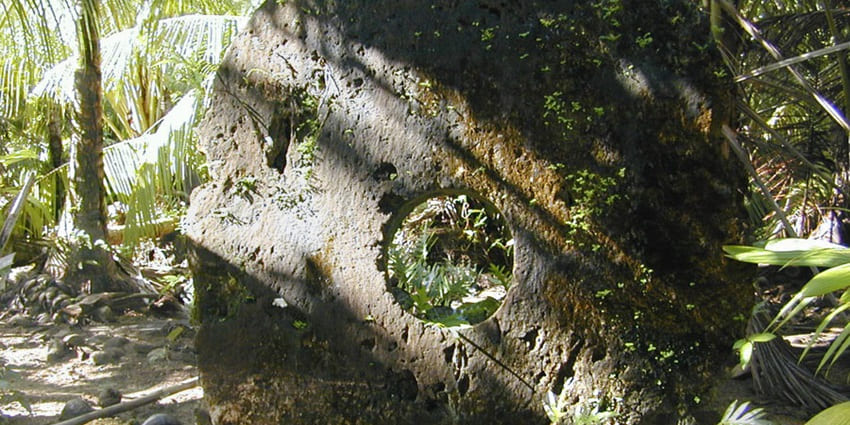
Photo: Eric Guinther / Wikimedia Commons
Yap’s famous stone money represents one of the most fascinating traditional economic systems in the world. These massive limestone discs, some reaching several meters in diameter, were historically transported across vast distances by canoe. The value of each piece depends on its history, craftsmanship, and journey rather than on its size. Many of these ancient currencies remain in village meeting places, continuing to hold cultural significance. Exploring these stone money banks offers visitors a unique perspective on Yap’s rich heritage and the ingenuity of its people.
Major Attraction: Traditional Currency, Cultural Landmark
Timings: 24*7
Where To Stay

Photo: Vinod C / Pexels / Image For Representation Only
Accommodation options in Yap cater to various travel preferences. Manta Ray Bay Resort is a preferred choice for divers, offering easy access to the island’s renowned underwater sites. Yap Pacific Dive Resort provides an elegant stay with traditional architecture and modern comforts. For travelers seeking budget-friendly options, locally run guesthouses offer simple lodging with warm hospitality.
Where To Eat

Photo: Alejandra Montenegro / Pexels / Image For Representation Only
Yap’s dining scene blends local and international flavors. Restaurants serve island specialties like taro-based dishes, freshly caught seafood, and coconut-infused recipes. Traders’ Ridge Resort offers a refined dining experience with Pacific-inspired cuisine, while smaller eateries provide home-style meals. Markets showcase fresh produce, allowing visitors to sample local snacks or ingredients used in traditional cooking. For those interested in an interactive experience, some establishments offer cooking demonstrations, introducing guests to the methods behind Yapese culinary traditions.
Best Time To Visit

Photo: David Weekly / Wikimedia Commons
The most favorable period to visit Yap is between November and April, when the dry season brings comfortable temperatures and clear skies. These months are ideal for outdoor adventures, including hiking and diving. From May to October, the wet season brings higher humidity and sporadic storms, which may affect travel plans. Regardless of the season, Yap’s cultural heritage and natural beauty remain accessible throughout the year.
Other Factors To Consider
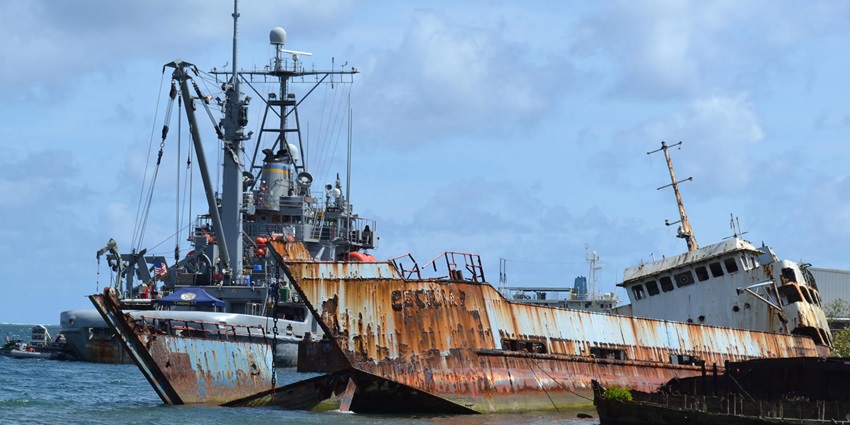
Photo: COMSEVENTHFLT / Wikimedia Commons
Average Cost Of The Trip:
A week-long visit to Yap generally costs around ₹75,000 or 3,000 Rai per person, covering lodging, meals, flights, and activities. Budget-conscious travelers can opt for guesthouses and local eateries, reducing expenses without compromising comfort. Those interested in cultural experiences can invest in guided tours, learning about traditional crafts and customs. Adventure seekers can explore diving packages, adding to the overall cost.
Tips For Travellers
- Carry cash, as ATMs are limited.
- Respect local customs, especially traditional attire rules.
- Arrange guided tours in advance for restricted areas.
Yap provides an opportunity to discover its rich history, diverse marine life, and unique cultural traditions. The surrounding waters are home to coral reefs teeming with marine species, making it an excellent spot for diving and snorkeling. Traditional dances and handcrafted artifacts reflect the island’s heritage. Plan your journey with TripXL to enjoy guided experiences, cultural interactions, and the natural beauty that Yap has to offer.
Cover Photo: Marek Okon / Unsplash / Image For Representation Only


 WhatsApp
WhatsApp
 Twitter
Twitter









